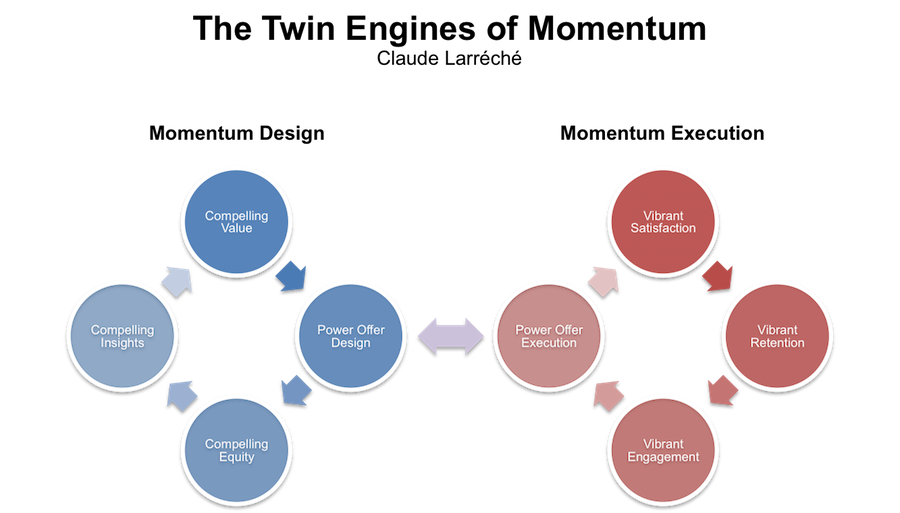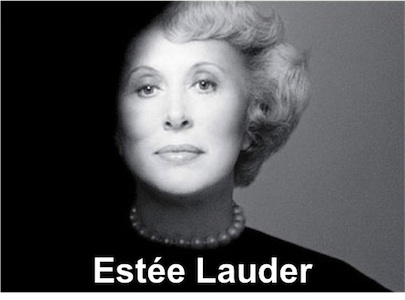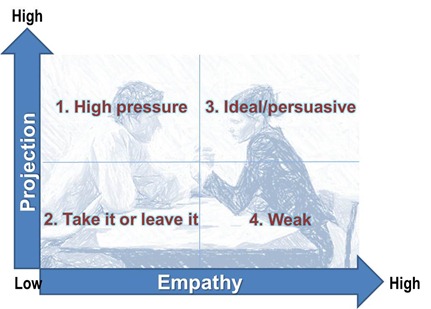Philip Kotler is often viewed as the ‘father of modern marketing’. His contribution to the field is enormous. I’d characterise his principal innovation as bringing the analytical approach of a mathematical economist to what was a woolly and vague social science.

Short Biography
Philip Kotler was born in Chicago in 1931 and received his MA in Economics from the University of Chicago in 1953, studying with three Nobel Laureates. He then took a PhD in economics at MIT, before realising that economics was the wrong subject for him. He held post-doctoral positions at Harvard (in maths) and the University of Chicago (in behavioural science) before accepting an academic post at the Kellogg Graduate School of Management at Northwestern University. There, he chose to teach marketing and by 1962 was Professor of International Marketing.
In 1967, he became the Johnson & Son Professor of International Marketing, a post he still holds today. Also in that year, he published a major work on marketing. Frustrated with the lack of intellectual rigour and analysis of all marketing textbooks then available, Kotler brought his mathematical training to bear on the evidence base of the marketing curriculum.
In Marketing Management, he created a best-selling textbook, that is by far the dominant choice of business schools throughout the world. Now in its 15th edition, Kotler typically revises it thoroughly every three years. He argues that yesterday’s solutions are today’s problems – marketing changes too fast for an edition to remain any longer. It’s good for sales, I guess, but in the case of marketing, I suspect it is more than justified.
Since then, Kotler has authored well over 50 books, and has garnered more academic and business awards and honours than you can shake a stick at. He even appears on a postage stamp (Indonesian, 2006, 1,000 Rupiah – around US$0.07 – for the philatelists).
Spat between Kotler and Levitt
In the 1980s, Kotler had a public spat with his contemporary marketing guru, Theodore Levitt. As we discuss in our article about Levitt, Levitt believed that corporations should standardise their products globally, and build global brand messages and marketing campaigns. Kotler, on the other hand, recognised the value of this but argued that corporations must not ignore cultural and other local differences. He advocates a mixture of global and local marketing that has become known as ‘glocal’. McDonald’s is an example; it produces local dishes in addition to core offerings, and even suppresses those products where they conflict with local values (such as beef products in Hindu countries).
Four Big Ideas that Philip Kotler gave us
The measure of a new idea is how deeply and how widely it becomes ingrained. Four of Kotler’s ideas now seem self-evidently true to a wide swathe of managers, within and outside of marketing functions. This was not always the case, and Kotler was instrumental in developing each, and putting them before generations of graduate business school students.
Marketing is a Core Business Function
There was a time when marketing was seen as a peripheral activity. Or maybe it was an adjunct to the sales function. If it were the latter, then clearly, it could only be an activity for commercial organisations. But it’s not, and therefore all manner of non-commercial organisations, like governmental tiers, voluntary and charitable bodies, and public services, need to engage in marketing. Without marketing, we now recognise, we cannot put our ideas and offerings in front of the people we created them for. Without marketing, there is no point!
Focus on Your Customer’s Needs
Create the products and services your customers need and want. Marketing is less about lining up sales for what you make, and more about figuring out what your customers will buy, and then letting them know about it, when you have something that matches.
Marketing as a Process of Exchange and Communication
Marketing is about building an overlap of values between your brand, and your clients. It is a social process that starts with a dialogue, where marketers create the conditions to hear from their potential buyers. It seems to me that this perspective has its roots in the time Kotler spent as a post-doc in behavioural science. It does for marketing what Daniel Kahneman did for economics: it places the quirky irrationality of humans at the centre of a discipline which was, before then, considered in theoretical and abstract terms.
Five Product Levels
Kotler introduced in, Marketing Management, the idea that there are five levels at which an organisation can offer its products or services.
- The core benefit that the customers need
- The generic product or service that the organisation has created
- The product or service that the customers expect
- A product or service that has additional benefits packaged in
- A product or service that meets the full potential to satisfy its customers
Conclusion on Philip Kotler
Studying marketing without reading Kotler would be like studying English literature without reading Shakespeare. His ideas are foundational. But his rigorous discipline of constantly updating his principal textbook also means that his ideas will always be of the moment.
Some Videos of Philip Kotler, speaking about his idea
Philip Kotler: Marketing Strategy
Kotler’s Mantra: CCDVTP
Philip Kotler on the top trends in marketing
Want more on marketing?
You might like the Marketing Pocketbook










